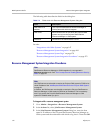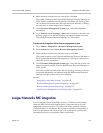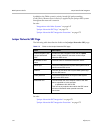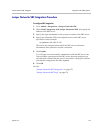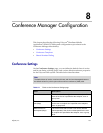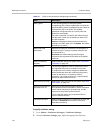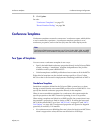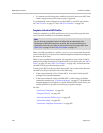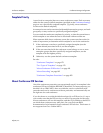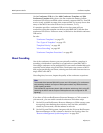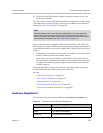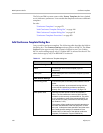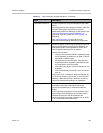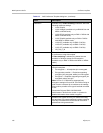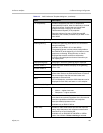
DMA Operations Guide Conference Templates
180 Polycom, Inc.
• If a conference with encryption enabled is forced to land on an MCU that
doesn’t support encryption, that property is ignored.
To preferentially route conferences to certain MCUs, use MCU pool orders.
See “MCU Pools” on page 137 and “MCU Pool Orders” on page 141.
Templates Linked to RMX Profiles
Linking a template to an RMX profile lets you access profile properties that
aren’t currently available in a standalone template.
When you link a template to a profile, it’s up to you to ensure that the profile
exists on the MCUs you want to use with that template and that its settings are
the same on all of them.
When it uses a profile-based template, the system first tries to find an MCU
that has that profile (but it does so within the MCU pool order rules; see “MCU
Pools” on page 137 and “MCU Pool Orders” on page 141). It selects the least
used MCU in the pool that has that profile.
If none of the MCUs in the pool have that profile, the system selects the least
used MCU in the pool and does one of the following:
• If the system selected a Cisco Codian MCU, it uses the Codian-specific
settings of the specified template.
• If the system selected a Polycom RMX MCU, it falls back to its default
conference template (see “Conference Settings” on page 177). If the default
template happens to be linked to a profile that this MCU doesn’t have, the
system falls back to its built-in conference properties settings.
See also:
“Conference Templates” on page 179
“Template Priority” on page 181
“About Conference IVR Services” on page 181
“About Cascading” on page 182
“Conference Templates Procedures” on page 202
Note
You can also use a template linked to an RMX profile to preferentially route
conferences to RMX MCUs that have the profile. But we recommend that you
create MCU pools and pool orders for this purpose instead of using profiles. See
“MCU Pools” on page 137 and “MCU Pool Orders” on page 141.



